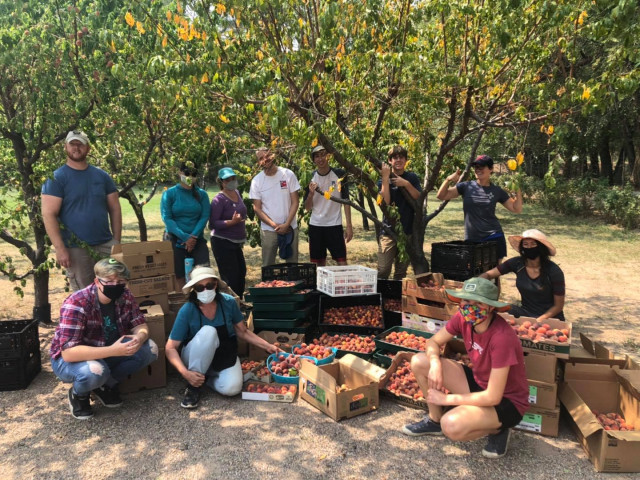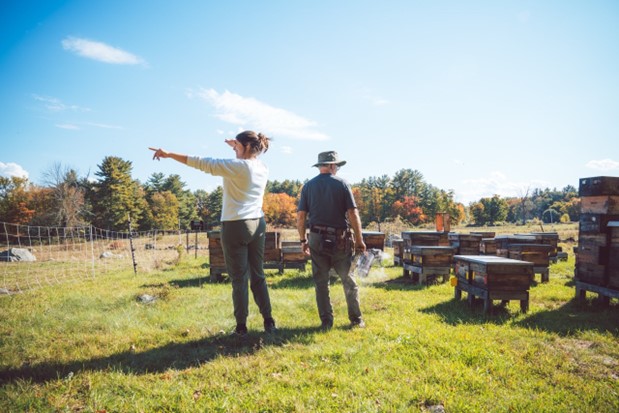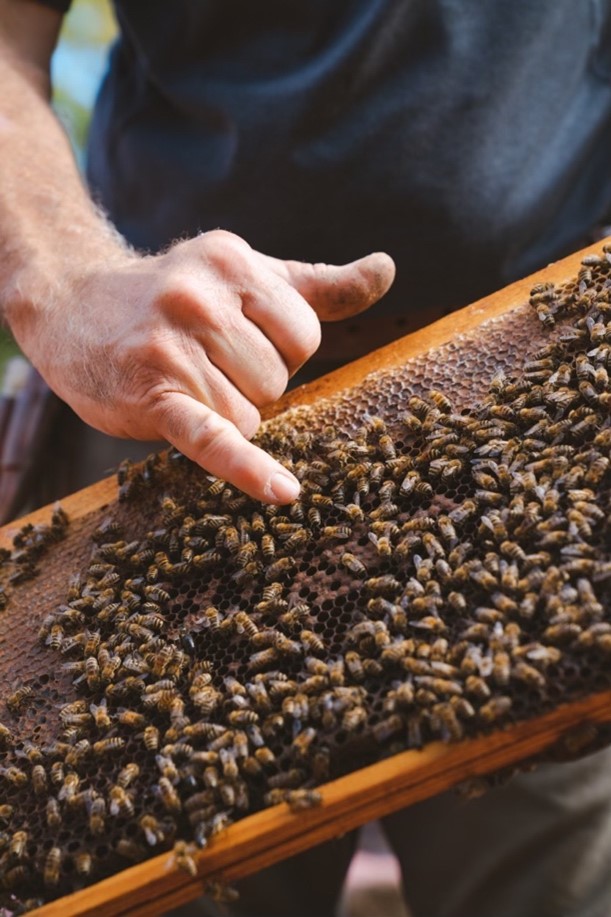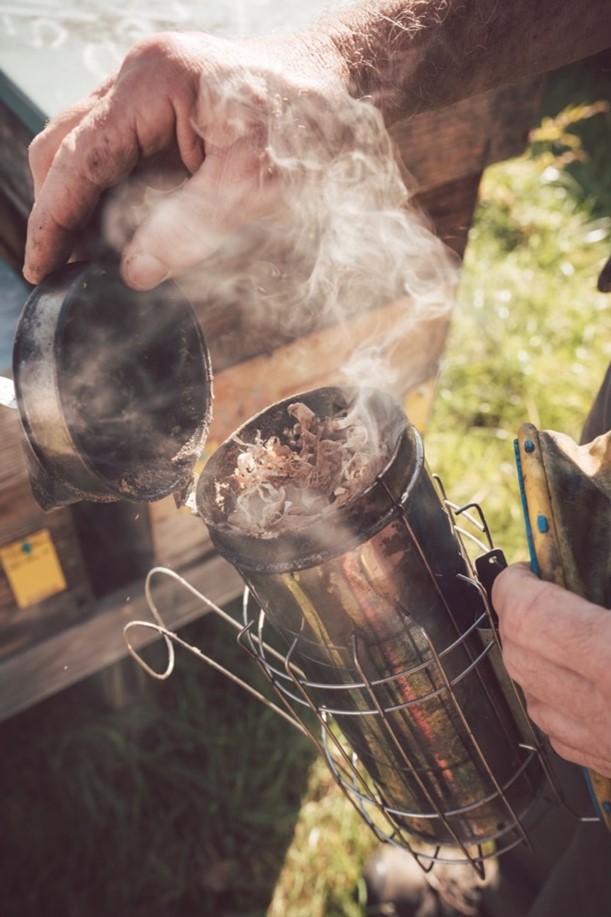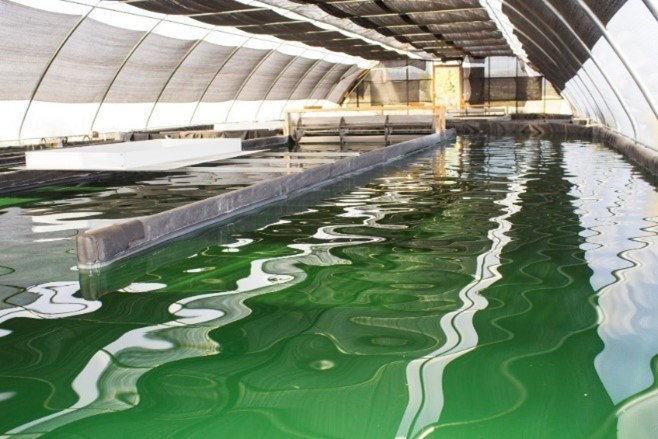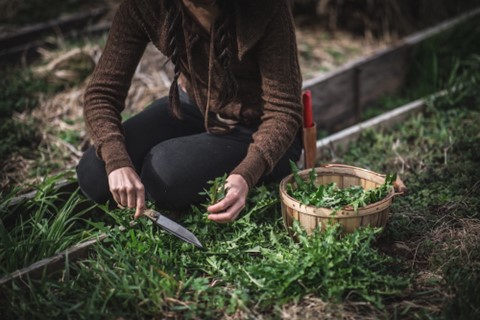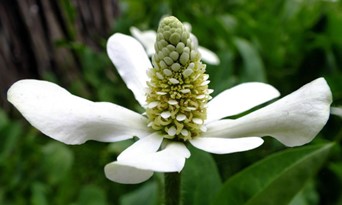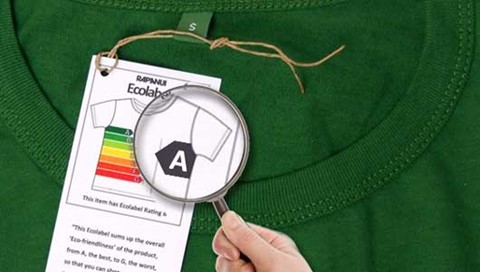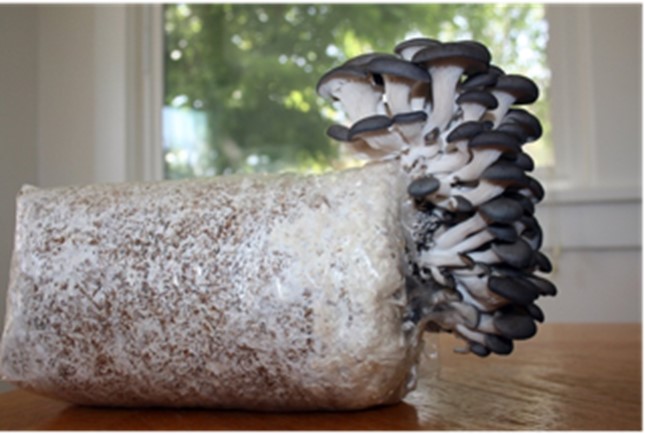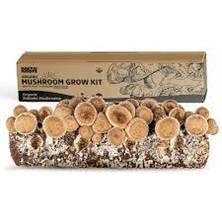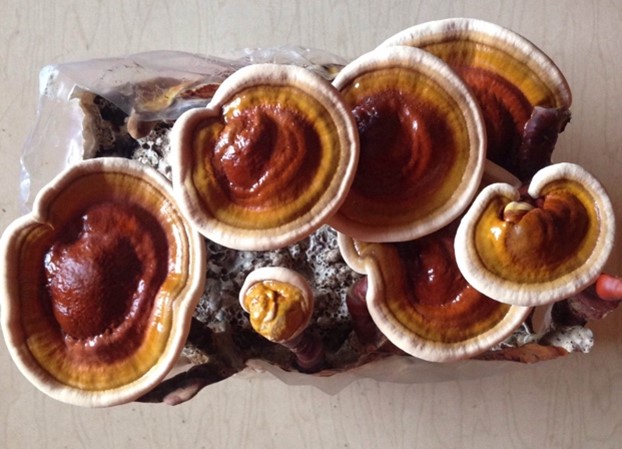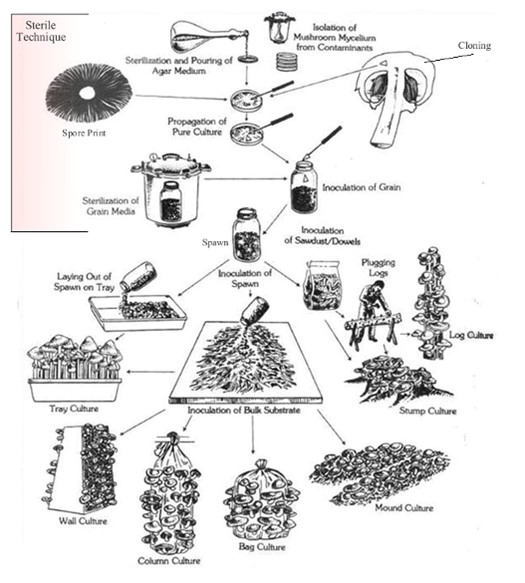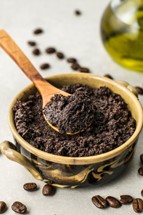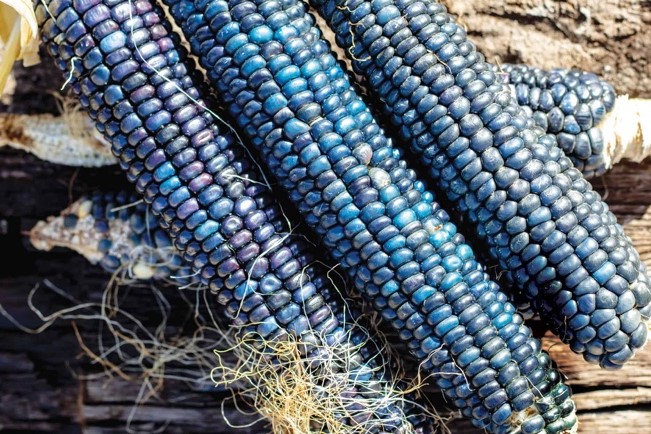In a time and place where many people who have uteri experience little support and yet so much outside control, it’s important to understand, love, and nourish our bodies. I think learning and implementing elements of cycle syncing can be a great way to support ourselves. The phrase “cycle syncing” was put in place by functional nutritionist Alisa Vitti. It describes the practice of shifting elements of one’s diet, exercise, and activities to better fit the natural changes experienced throughout the menstrual cycle. There is nuance to what we eat because of access based on location, season, time, and cost. It can be really hard to avoid processed foods and eat enough fruits and veggies. There is nuance to how we exercise our bodies. Cycle syncing is not at all meant to restrict our diets or exercise. Instead, a way to supplement our diet and give our physical bodies extra love and support throughout our cycle. Nourishing your body is a personal journey and doesn’t need to align with any program. Not all foods/herbs are right for everyone and should be further researched especially if you have any known health conditions. If your cycle is irregular, extremely painful, etc. consult a medical expert or someone knowledgeable you trust.
Cycle Overview
Our hormones are constantly fluctuating throughout the month, rising and dropping at different rates and times. This affects how we function and feel, so how we care for ourselves should reflect and nurture that. Our cycle can be roughly broken down into phases. The follicular phase, ovulation, and luteal phase are your ovarian cycle. At the same time, your uterine cycle occurs and this is your menstrual phase, proliferative phase, ovulation, and secretory phase. Theses charts and webpages from Clue and Palm Health are awesome resources to further understanding your cycle.


Supporting Every Phase
Menstrual Phase: During the menstrual phase, we are feeling our lowest and losing iron from bleeding. Foods with ample iron and B vitamins for energy can help replenish and boost us. Foods with vitamin C can also help with iron absorption. Consider eating leafy greens, beans, berries, bananas, citruses, and quinoa. Flaxseeds, chia seeds, raspberry leaf, and nettle leaf tea can help with cramps by reducing inflammation. Additionally, practice gentleness with yourself, it’s a great time to draw yourself a bath, do some gentle yoga or stretching, and simply rest.
End of Follicular/Proliferative Phase: In this phase, our bodies prepare to drop another egg and recuperate from menses. This means energy support and balance are the focus. It is like Spring. Dancing, going on a jog, or any form of cardio are perfect to wake our bodies and give us a boost of energy. Brown rice, chickpeas, and lentils are great options for energy and carbs. Eggs, avocados, broccoli, and fermented foods help balance hormones. Nettle leaf and holy basil tea for any lasting inflammation. Holy basil tea can help to reduce stress hormones, as well.
Ovulation: Our bodies likely feel best and this is when our hormones are at their highest. Eat foods similar to the follicular phase to try to balance hormones: avocados, eggs, fermented foods, walnuts, spinach, and berries. Dandelion root and burdock root are herbs that may help with digestive issues in this phase. Exercises like HITT or weightlifting suits this phase.
Beginning-Mid Luteal/Secretory Phase: The mini rise and peak of our estrogen and progesterone hormones. Foods containing antioxidants like strawberries, blueberries, and dark chocolate are great for supporting this phase. More hormone-balancing foods like avocado, kale, and spinach, as well as energizing foods like brown rice and quinoa help minimize PMS symptoms. Herbs that can help reduce upcoming PMS symptoms are burdock root, red raspberry leaf, and ginger. Medium-intensity exercise would likely feel best, maybe pilates, jogging, or weightlifting.
Late Luteal/Secretory Phase: Coming back into low-energy and hormones. Eating foods to reduce inflammation for the upcoming period: Chia seeds, edamame, and brussel sprouts. Fruits, high-fiber and high-protein foods to help satisfy our natural cravings sweet potatoes, quinoa, eggs, chicken, lentils, etc. Red raspberry leaf and dandelion root, as mentioned in other phases, for inflammation and digestion. This is another phase where we may experience low energy so be caring and kind to yourself. Yoga, walks, meditation, or anything that makes you feel connected to yourself and cared for is perfect.
Here are a few charts to help you cycle sync. Click here and here and here for more information and recipes!
Personal Testament
I have just begun my journey with cycle syncing, but I already feel more supported just from learning more. I struggle with severe period pain and discomfort, especially at the beginning of my period. It has caused me to miss important obligations, such as school and work, as well as valuable time with friends and family. Many people who menstruate know the feeling all too well of being weighed or burdened by their cycle. We all deserve to feel our best and be taken care of no matter what phase we are in.
I have already noticed a change in the severity of my mood swings and experienced discomfort for a shorter amount of my premenstrual and menstrual phase. Another big change is the feeling that I have more agency when it comes to my hormones and cycle. Of course, I cannot fully control my inner-body functions but it feels great knowing that I can help and honor my body in a way that feels right to me. People who have menstrual cycles are often told not much can be done to address their pain or imbalances without synthetic medications such as birth control or OTC pain relievers. For some, these synthetic medications may help, but often times they only aid the wound that has long been festering in healthcare.
-Posted by Talia







